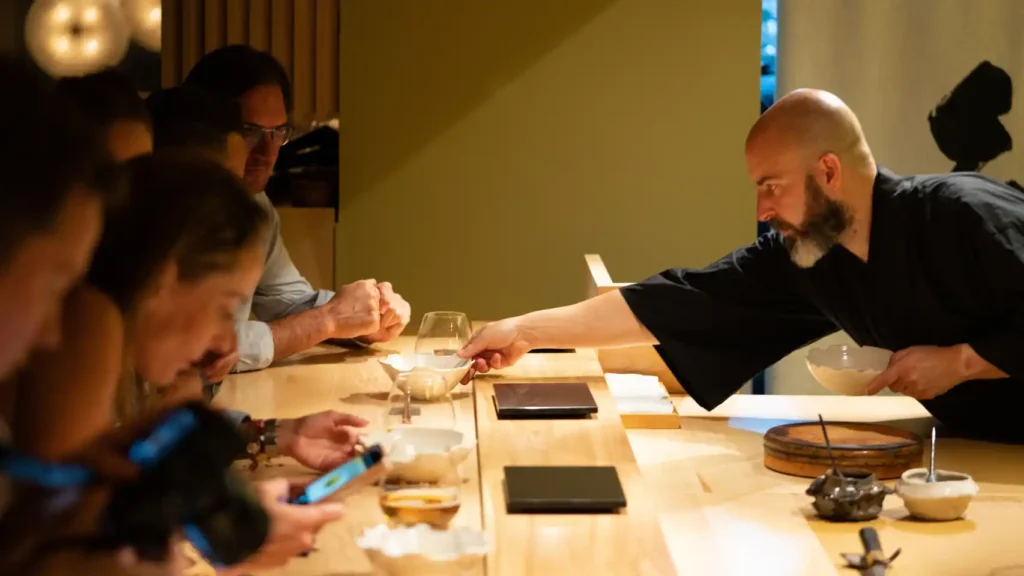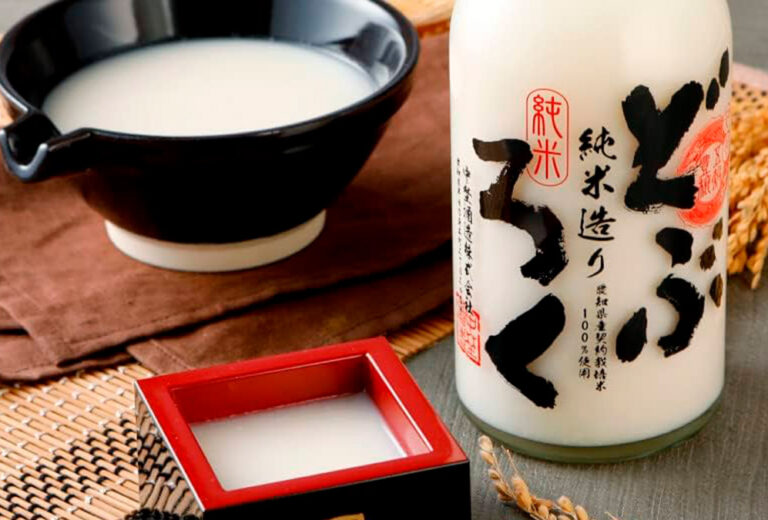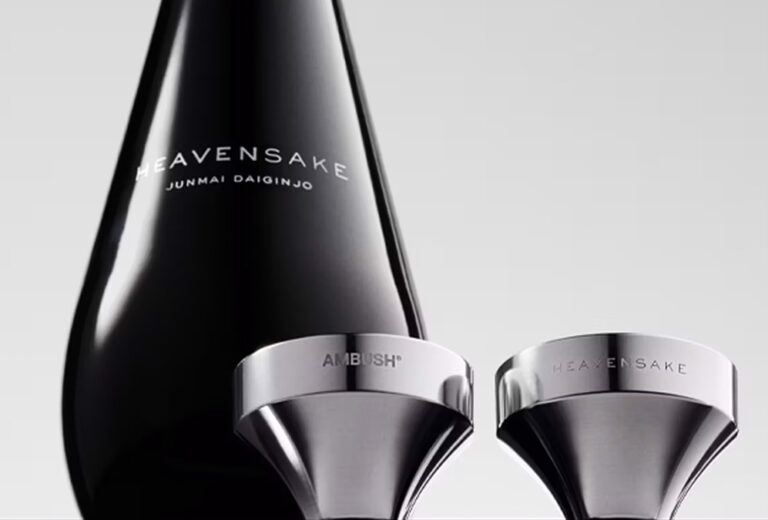Click here to read the Spanish version.
On this side of the pond, sake is no longer the strong, dry Japanese distillate served as a digestive at the end of a meal. Japan’s national drink since time immemorial is not only not a distillate but a fermented beverage, which can be delicate, silky and full of nuances; attributes of good wine, which sake seems to share. Stay tuned, because in the right place, with the right service, “rice wine” can mark a before and after in the dining experience.
Kinu is one of those places where sake is beginning to compete with wine for a prominent position on the menu. This innovative omakase bar is the first in Seville and the second in Andalusia. Barely a hundred metres from the Giralda, chef -or itamae- Pedro González has revolutionised Seville’s culinary scene in less than a year with a classic Japanese recipe book based on the best national ingredients, harmonised with a wide range of sakes from small producers.
Sake arrives on the menu
Japan: honest, intimate, pure, where wine also has a place, of course, although Manuel Soler, the restaurant’s sommelier, was clear about his commitment from the beginning: “I don’t know where or when the movement started, but sake is booming internationally; sakerías are starting to open, places where people only go to drink sake”, he says.
The reason why this drink has entered European kitchens so easily is that it is a product that is “very volatile, very malleable, with a very wide range of flavours and very pleasant to combine with seafood”.
The false myths surrounding sake tell us about the lack of knowledge we have about this drink in the West. “What has happened with sake in Spain is that we have always been given the most basic sake, sakes that would be used more for cooking than for drinking, as may have happened with wine beyond our borders,” he explains. This fermented rice-based drink has an alcohol content of around 15% and is drunk both hot and cold, depending on the type, as there are dry, but also sweet, aged, natural and even sparkling.
What makes the difference between them is the alcohol and the level of polishing of the rice, together with the water and koji, which is the name given in Japan to the mould formed by the fungus aspergillus oryzae that grows on the rice grains. The polishing of the rice determines the finesse and elegance of the sake, its nuances: “These sakes tend to be fresher and more floral, they are influenced by the environment in which they are made and also by the variety of rice used,” says Soler. But there are also very intense ones, and between one extreme and the other there is a whole range of possibilities, such as lactic and cereal flavours: “There are bottle-aged sakes that are similar to sherry wines”.
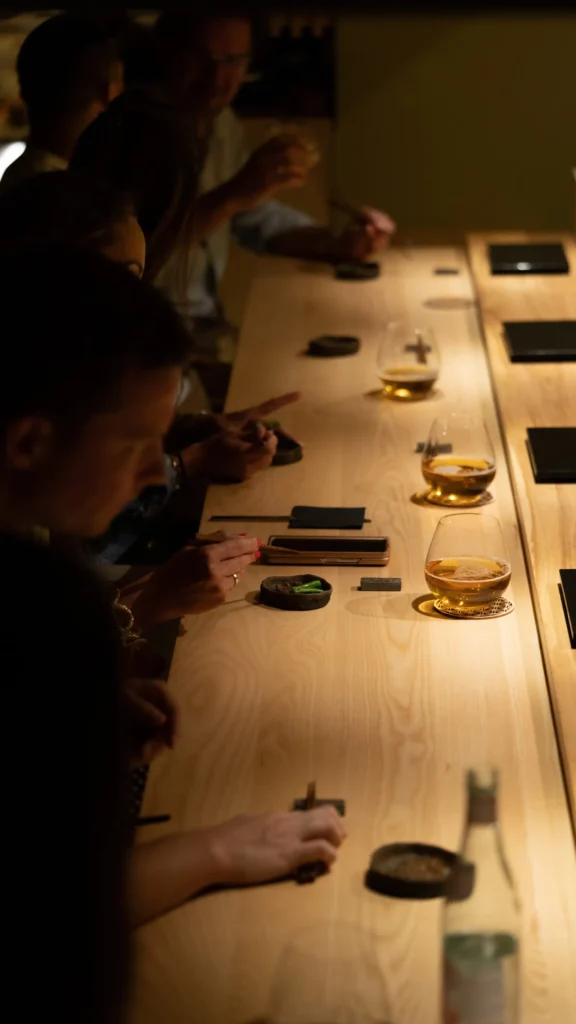
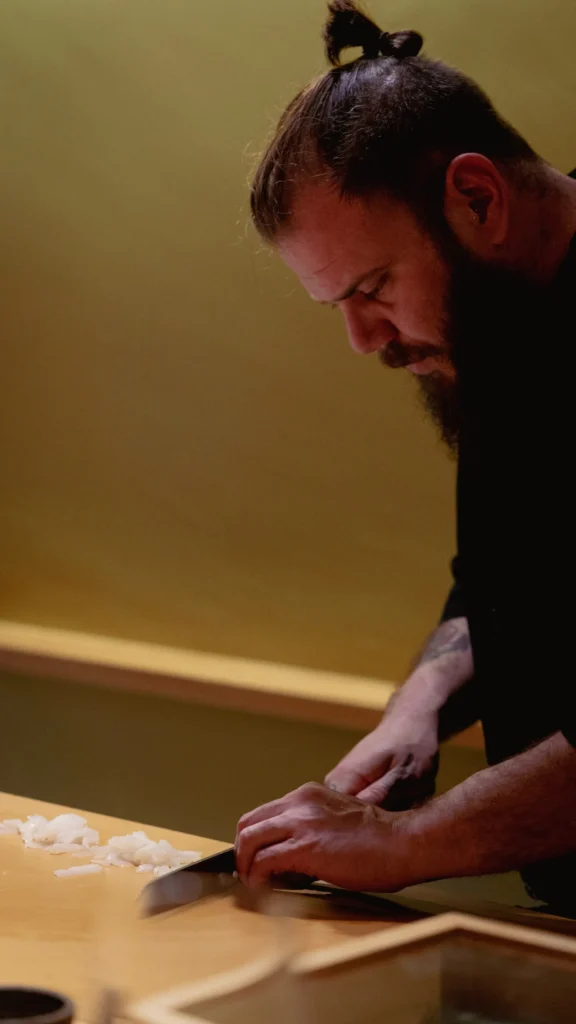
Under this new look, the pairing options for sake are increasing. “At Kinu we have the option of pairing the whole menu with this drink if the customer wishes, we have sakes to cover the whole range of the product we work with. At the bar there are about 20 different snacks and we usually accompany them with four or six different sakes”, says the sommelier. In the lounge they work with seven references and off the menu they rotate another four or five more brought directly from the land of the rising sun.
Pairing options
Sake cannot be compared to any other drink. However, the sommelier of this sushi bar that is all the rage in Seville makes an interesting wine equivalence: “If we are going to accompany a whole meal, it is best to opt for light, non-invasive sakes. We can start the aperitif with a Junmai Daiginjo, which has no added alcohol, although if we like sherries, another option is Koshu or aged sake. For lovers of natural wines, which are now very fashionable, there is also a type of sake that is unfiltered and handmade using a traditional method, Bodaimoto. Or Nigori Sake, which has a cloudy and creamy appearance because only the solid sediments of the rice are filtered out,” suggests the expert. A sort of ‘sake on the vine’, to use wine terminology.
It is already happening. Rice is making its way into a world of ferments hitherto monopolised by grapes and barley. Liquid culture to enrich gastronomy. “Nihonshu wa ryori wo erabanai”, says a Japanese proverb. Sake does not fight with food.


